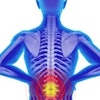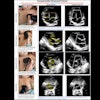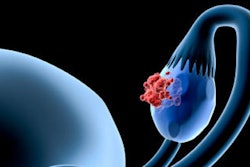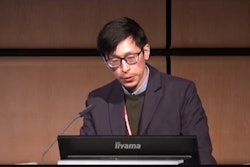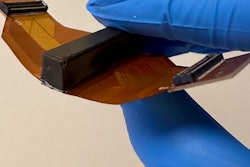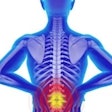A nomogram combining ultrasound features and TI-RADS parameters can differentiate between malignant and benign thyroid nodules, according to research published January 22 in Ultrasound in Medicine & Biology.
Investigators led by Lina Pang from Fourth Military Medical University in Xi'an, Shaanxi Province, China found that their nomogram achieved high predictive performance in evaluating TI-RADS thyroid nodules categories 3, 4, and 5.
“A method of integrating information from multiple ultrasound modalities should be developed to improve diagnostic accuracy as a further supplementary tool for the risk stratification performance of the current TI-RADS,” they wrote.
The American College of Radiology (ACR) created TI-RADS based on gray-scale ultrasound features. The system helps stratify risk for thyroid nodules. From TI-RADS, the following imaging features should be considered suspicious: solid exhibition, hypoechogenicity, irregular margin, taller-than-wide shape, and microcalcifications.
However, newer ultrasound methods such as elastography and contrast-enhanced ultrasound (CEUS) have been shown to further improve lesion detection.
Pang and co-authors described their work in developing and validating their predictive nomogram. They based their nomogram on combined imaging features of gray-scale ultrasound, elastography, and CEUS to distinguish malignant from benign lesions. The lesions were categorized as either 3, 4, or 5 based on TI-RADS.
Of the thyroid nodules scanned between 2014 and 2018, the team included 669 that fit the TI-RADS category criteria. Of these, 455 were included in the training cohort and 214 were placed in a validation cohort.
The researchers highlighted that the nomogram achieved high predictive performance in both cohorts.
| Performance of predictive nomogram on evaluating thyroid lesions | ||
|---|---|---|
| Measure | Training cohort | Validation cohort |
| Area under the curve (AUC) | 0.93 | 0.93 |
| Sensitivity | 84% | 86% |
| Specificity | 88% | 87% |
| Positive predictive value | 91% | 87% |
| Negative predictive value | 81% | 86% |
The team also reported that the AUC for the combined nomogram was significantly higher than those of each individual modality. These included TI-RADS, elastography, and CEUS (p < 0.005 for all).
Finally, the AUCs of the validation cohort were 0.93 and 0.93, respectively, for senior and junior radiologists.
The study authors suggested that their nomogram could serve in a supplementary role for thyroid nodule risk stratification alongside TI-RADS. However, they called for prospective studies to validate their results.
They also highlighted that it has the potential to include more diagnostic information that could help avoid unnecessary biopsies.
“This nomogram also could supply more helpful information for nodules less than 1 cm without fine-needle aspiration indications in ACR TI-RADS,” the authors wrote.
The study can be found in full here.
